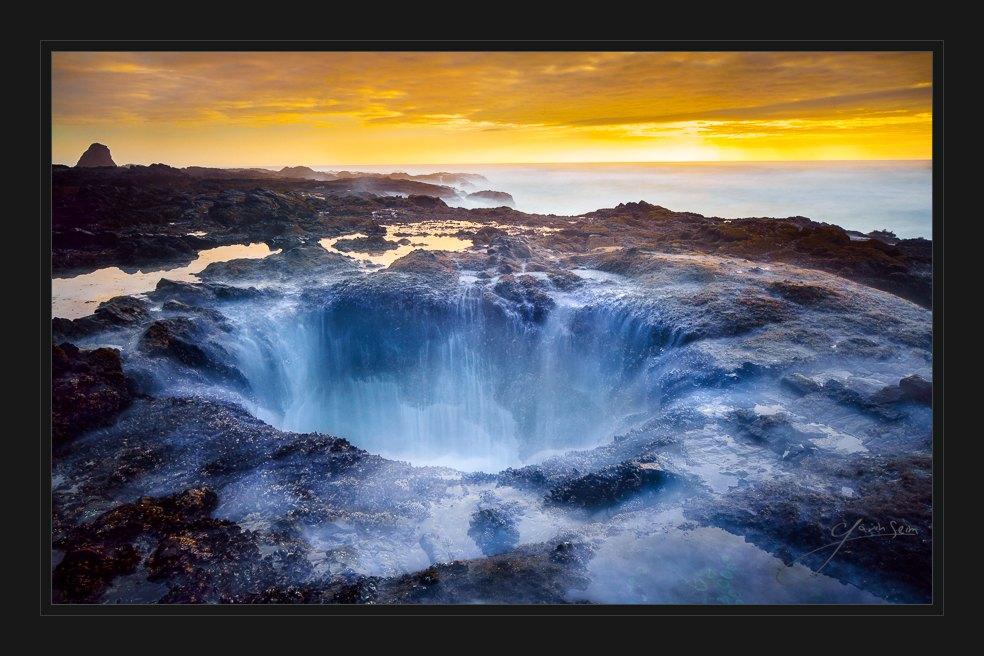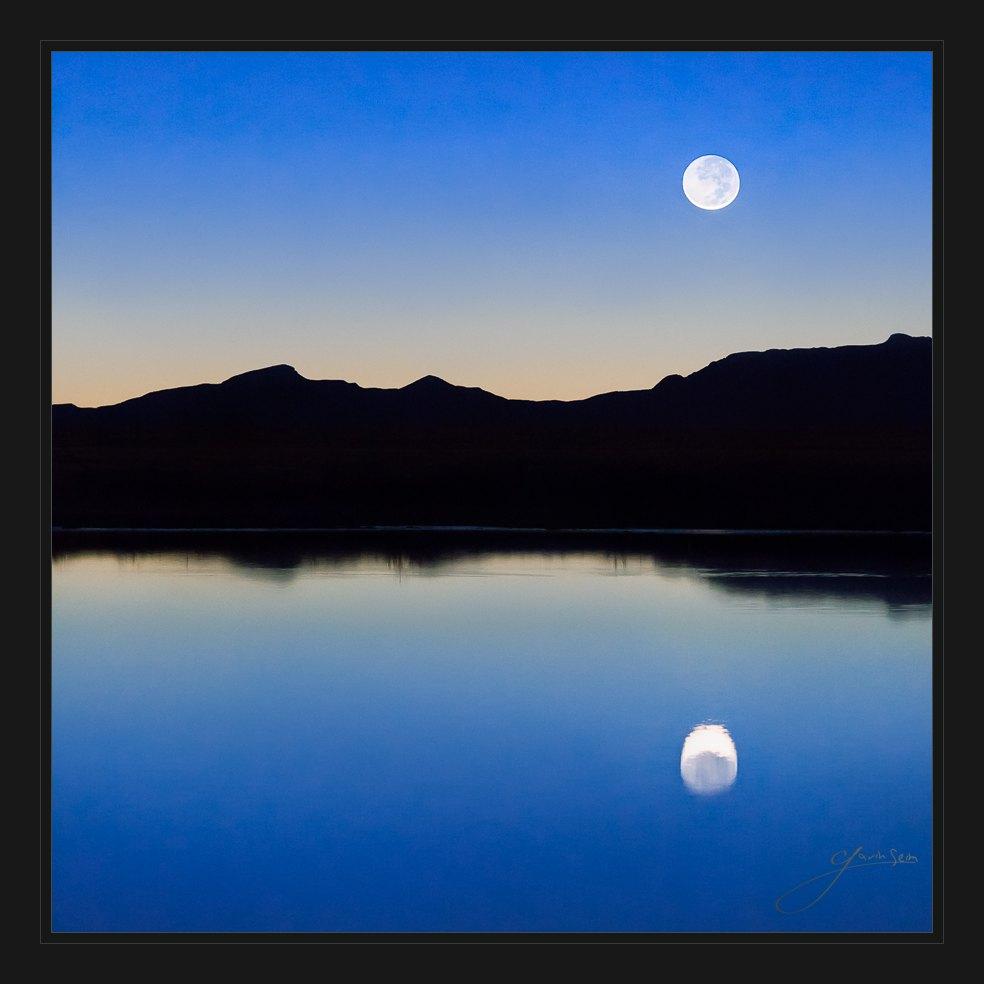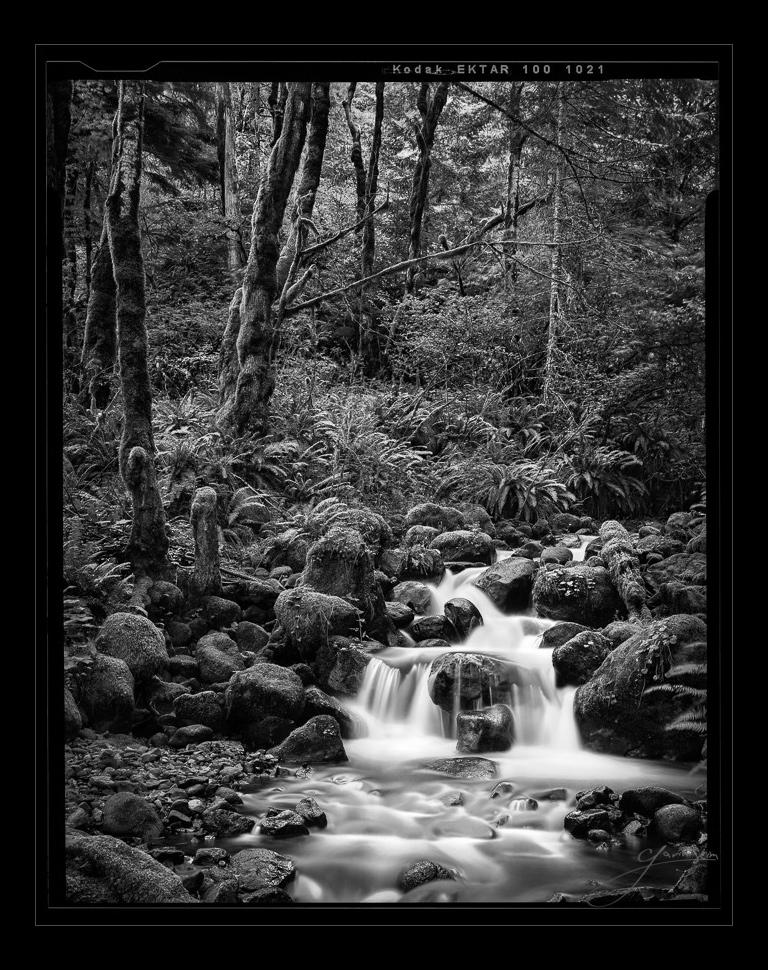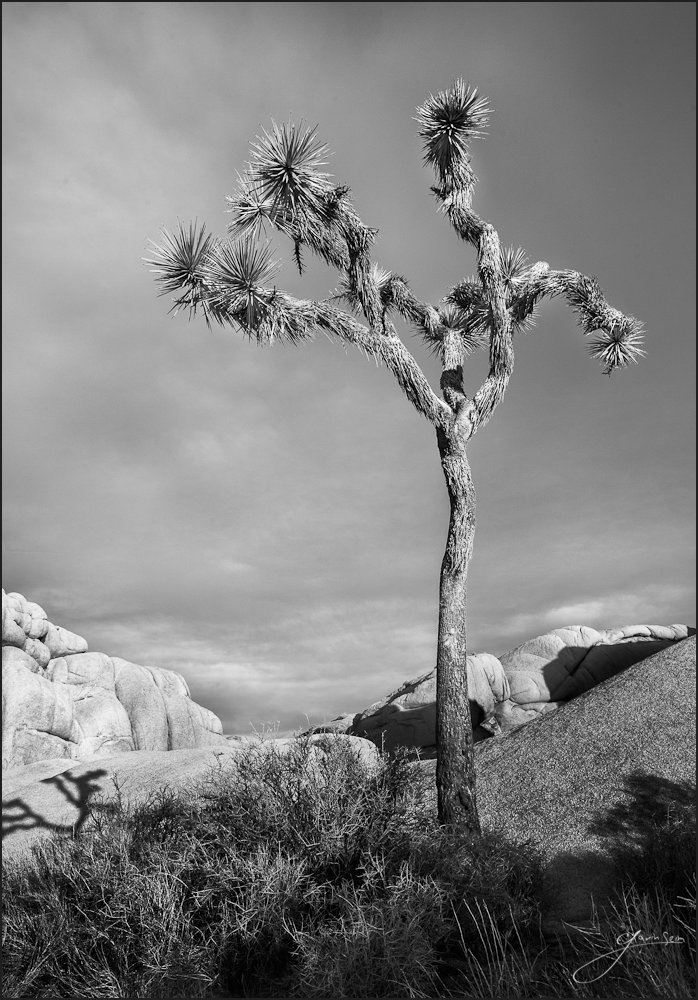How can something simple be so hard?
Just use the rule of thirds or put the subject far to one section of the frame and your composition will be cool. Right?
No. The problem is that most photographers are taught to focus on only a third of composition. It’s the same problem we have in tone and we tried to take a dent out of the problem on the EXposed Master Class. But today let’s talk about the other side of the coin. Composition is simple and it’s also hard, but once you discover the keys it comes in a rush.
Too often photography education has become scattered bits of inspiration from celebrity photographers. Enthusiastic and mostly well intentioned entrepreneurs who at conferences and in magazines are often rated, not by mastery of craft, but by tax returns. Marketing is very important. But it is not photography and I love photography.
Next to tone, composition is what separates a masterpiece from a picture. The Photo Perfect master class was dedicated largely to composition for good reason and I’m planning to dedicate more to demystifying the subject in the coming years. There’s more powerful written works on composition for painters than photographers and I recommended studying them. One of my favorites is the simple but incredibly insightful Composition by Eyewitness Art.

We know in our photographer souls that composition is not simply where you place something in a square. We see the legendary photographers, painters and sculptors holding deeper knowledge. But maybe we forget sometimes what made them masters of space, position and line. I call it the Composition Triangle and it’s inspired by my mentorship under the late Ken Whitmire, the Ansel of the portrait. That triangle surrounds the tonal center, the core of the image. But today we’ll focus on the triangle itself.
This is not a math class and it’s not as simple as a formula. We have to learn to see, something we took a look at in my recent video talking about the frame stop. If you didn’t see that watch it here. We also dig deeper into the topic in the latest Photo Kit pack.
All the images in today’s post won awards because these elements were combined with some competence. With the concept of the Composition Triangle I hope to show the idea that when we are aware of something and remember to apply it we will quickly begin to master it.
If we don’t think about what’s happening in our frame before we release the shutter, we’re not applying the Composition Triangle and we’re missing part of the image. The more we visualize the more instinctual this becomes and we begin to apply it easily when moving and shooting at a fast pace. SPACE, POSITION and LINE make up the triangle. Compare that to the rule of thirds class we all get in photo workshops which only addresses position and ignores all the rest. When we combine them all and we start to truly examine our frame and everything changes.
I’ll close with my #1 TIP!
This is what you came for but I hope the rest made you think….
Let your gear hold your frame. Use your tripod! I know you get sick of hearing this but there’s a reason you see me with a tripod so much. I listened to those pesky voices that told me that very thing years ago and it made me the student of the composition I needed to be to earn my masters.
But I’m saying take it further. Don’t just throw up a tripod. Use it to hold your camera while you engage with your scene in a deeper way. Every time I set a camera on the head, look into the scene and think about every part of it, I learn more. You can and will apply those skills when you need to handhold, but expanding how I see is centered around a stationary camera, not a moving one.
If you doubt my words go try for yourself. Find a great scene, setup your tripod and take a solid 10 or 20 minutes looking at the frame and setting up your shot. The first time I did this it seemed like such a long time to take on one frame. It didn’t take long for me to realize it had changed everything about how I see and it will do the same for you if you give it a chance.
I’ve gone back to my early blogging roots in this little essay and I hope you’ll let me know how you feel about this and don’t be afraid to jump into the Triangle!
— Gavin Seim









